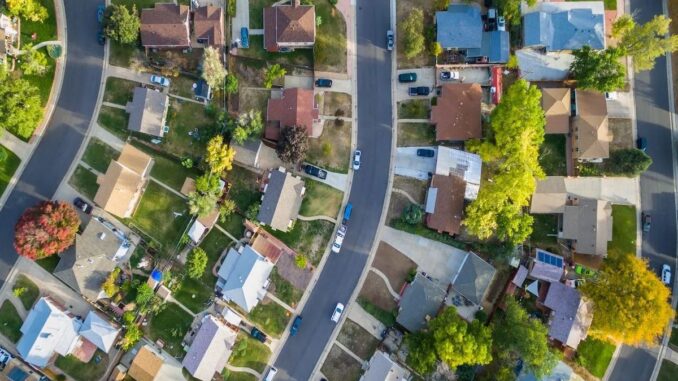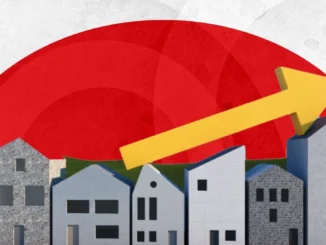
Last fall when people were still expecting mortgage rates to be falling this year, it was common to assume rates would be in the low 6s or 5s this year and people asked me if lower rates would bring a flood of inventory.
The suspicion was that there were a bunch of sellers who were waiting to sell: Once rates fell these sellers would come rushing back to this real estate market and we’d finally see inventory grow. The implicit fear was that we’d see maybe too much inventory and that lower mortgage rates would therefore cause home prices to fall.
My response at the time was actually the opposite. The only way inventory would grow in 2024 is if mortgage rates climbed. At the time last autumn, that was a shocking statement. First, because everyone assumed rates would come down by now. Second, because people think of home sellers as being locked-in by high interest rates. What homeowner is going to give up a 3% mortgage to get a new home with a 7% mortgage?
So, the thinking goes, if rising rates prevent sellers and restrict available inventory, then falling rates must lead to more sellers and more inventory of homes on the market.
But the evidence is the opposite.
Inventory has been rising for two years just as mortgage rates have been rising for two years. Rates are higher than last year and inventory is now 21% higher than last year. Available inventory of homes on the market is climbing and will continue to climb until we’re finally in an environment of declining interest rates.
This is related to the Fed starting to cut the short-term rates, inflation continuing to recede, and probably to unemployment finally starting to increase. The economy has remained surprisingly strong and this transition has taken a lot longer to arrive than anyone expected.
Inventory stats
Looking at last week’s numbers:
There are now just over 500,000 single family homes on the market in the U.S.
That’s up a half percent from last week and is now 21% more than a year ago.
There are 100,000 more single family homes on the market than there were in March of last year.
Unless mortgage rates fall from here, then by July, we could have 40% more homes on the market than a year ago.
Market outliers
The Gulf markets from Southwest Florida over to Louisiana now have inventory levels mostly back above their pre-pandemic levels of 2019 or higher. That’s in stark contrast to the Northeast and parts of the Midwest, where inventory is only just starting to grow off the pandemic lows.
New listings
To watch whether supply and demand might get out of balance with higher mortgage rates, keep an eye on the new listings volume this spring, not just the total inventory. There were 59,000 new listings unsold this week. That’s 15% growth over the pace of 2023. There were an additional 16,000 immediate sales, so that’s 4% more sellers this year when you include those that are already in contract and not adding to active inventory. Not a flood, just a nice steady increase. More sellers generally will allow for more sales in 2024.
Price cuts
One of my favorite leading indicators for future home sales prices is the price reductions data. Last week, 30.5% of the homes on the market took a price cut — a normal level for this time of year and basically unchanged from a week ago. Last year there was still a lot more buyer momentum than sellers. This buyer momentum at the time led to 5% home price appreciation in 2023. We could see it already in March of last year.
With inventory up and demand down, there is significantly less upward pressure on home prices now than a year ago. So 2023 finished the year with 5% home price gains. Home-price appreciation in 2024 is looking much flatter — closer to 0% change in home prices for the year unless mortgage rates drop soon.
Home prices
The median price of single-family homes in the U.S. is now $432,000. That’s half a percent up from last week and just 1% higher than a year ago. This is the asking price for all homes on the market in the U.S.
Prices have been inching up, but there just isn’t enough buyer demand to push home prices higher — and this is the highest-demand point in the year. Just like I mentioned in the price reductions data, the signal is fairly weak for home sales price appreciation in 2024.
Prices aren’t falling even though affordability is at generational lows. The median price of the newly listed cohort this week is $420,000. That’s up a healthy 4% over last week and 5% over last year. This tells us that home sellers are aware of enough buyer demand to price the new listings without taking discounts. It’s an encouraging signal for confidence in home prices for the peak season that’s now upon us.



